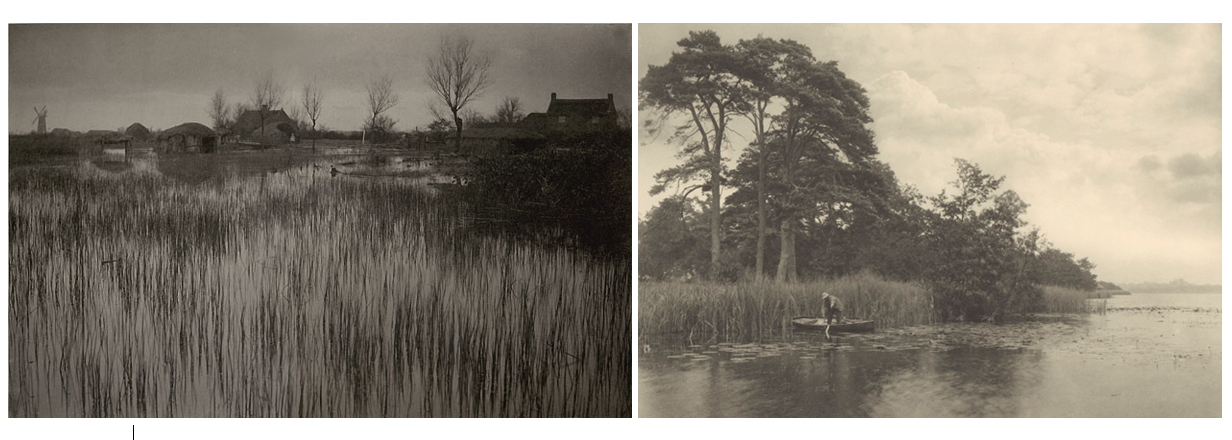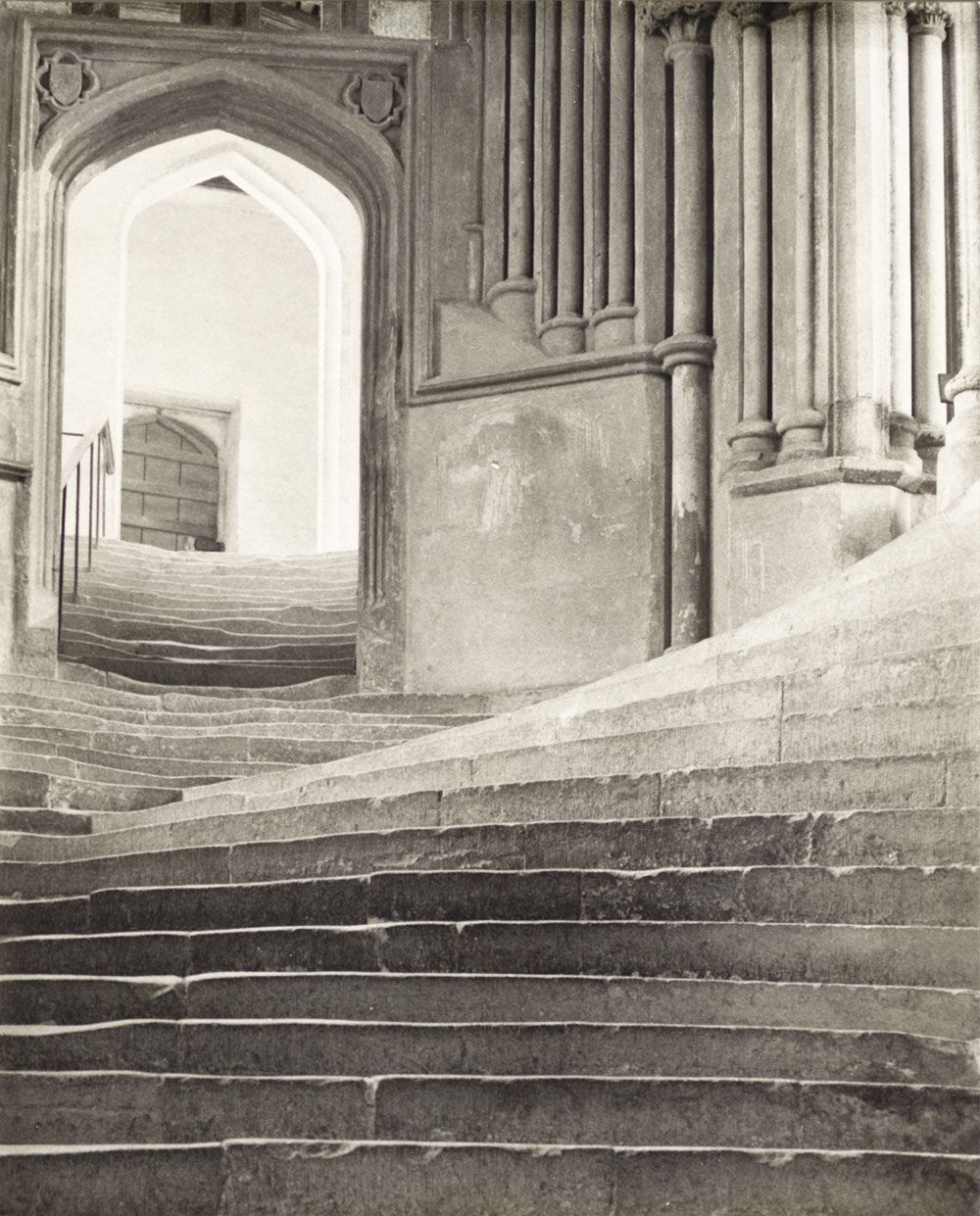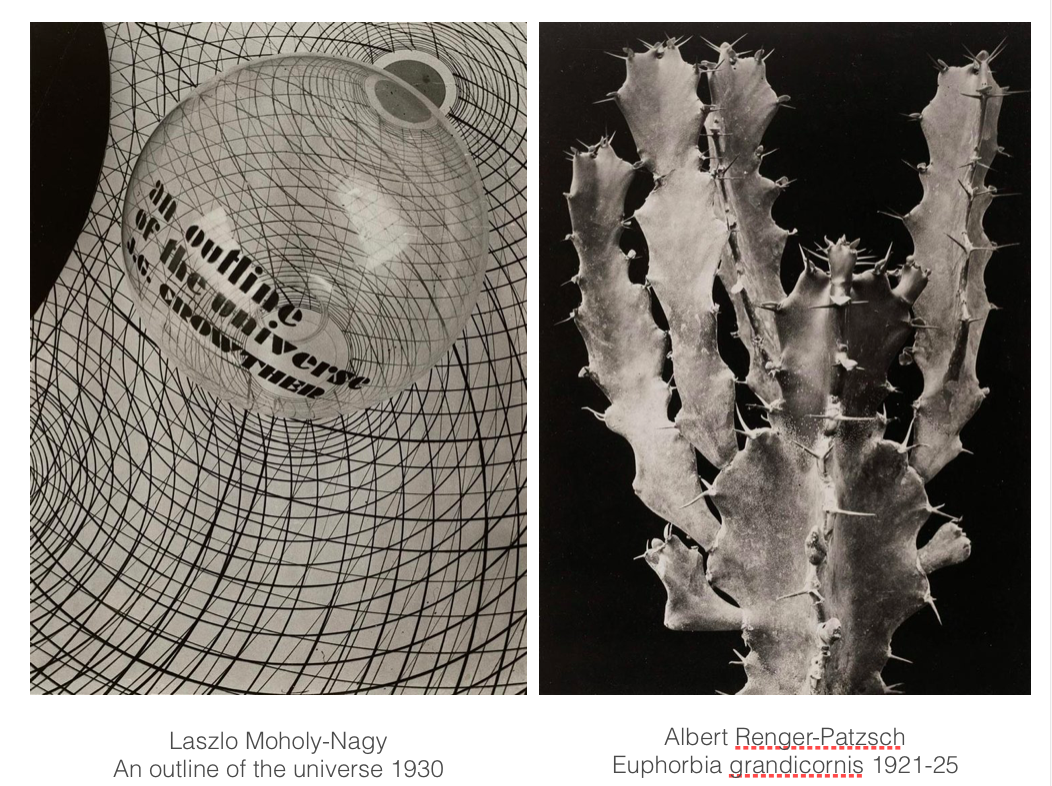Pictorialism
The Pictorialist perspective was born in the late 1860s and held sway through the first decade of the 20th century. Photographers wanted photography to be seen as art that resembled paintings, marking their prints to match the texture of a canvas and have it recognized as such by galleries and other artistic institutions.. They constructed their images looking for harmony of matter, mind and spirit as well as individual expression
Pictorialists were the first to present the case for photography to be classed as art and in doing so they initiated a discussion about the artistic value of photography as well as a debate about the social role of photographic manipulation. Both of these matters are still contested today and they have been made ever more relevant in the last decades through the increasing use of Photoshop in advertising and on social media.
Allegory: communicating messages by means of symbolic figures, actiond or symbolic representation- dominant 16th to mid 19th century.
Artists associated:
Julia Margaret Camron – Victorian era, unconventional portraits of that time and illustrative allegories based on religious and literacy works, influenced by the Pre-Raphaelites. She created a blur through long exposures leaving the lens intentionally out of focus.

Pictorialist used a number of different photographic groups to promote photography as an art rather than science such as:
Emerson’s Naturalistic Photography

The Vienna Camera Club (Heinrich Kuhn, Hugo Henneberg)- purposefully construct a picture – it might be ‘taken’ from nature but it had to be ‘made’.

The Brotherhood of the Linked Ring (H.P Robinson, George Davidson, Alfred Horlsey Hinton)
Photo-Secession (New York) founded by Alfred Stieglitz
Methods/ techniques/ processes:
- Pictures that resembled paintings e.g. manipulating images in the darkroom, scratching and marking their prints to imitate the texture of canvas, using soft focus, blurred and fuzzy imagery based on allegorical and spiritual subject matter, including religious scenes.
- Soft Lighting- blurred , long exposures (Julia Margaret Cameron)
REALISM / STRAIGHT PHOTOGRAPHY
The term ‘realism’ can mean to depict things as they are, without idealising or making abstract. It is also a 19th-century art movement, particularly strong in France, which rebelled against traditional historical, mythological and religious subjects and instead depicted scenes from life.
In photography, realism is not so much a style, but rather one of its fundamental qualities. From its beginnings in the 1830s and 40s, photographers and viewers of photography marvelled at photography’s ability to capture an imprint of nature. The fathers of photography, Louis-Jacques Mandé Daguerre (1787-1851) and William Henry Fox Talbot (1800-1877), both described it as a medium that allows nature to represent itself, seemingly without the intervention of the artist.
Believed in the intrinsic qualities of the photographic medium and its ability to provide accurate and descriptive records of the visual world
Straight Photographers: photographers who believed in the intrinsic qualities of the photographic medium and its ability to provide accurate and descriptive records of the visual world. These photographers strove to make pictures that were ‘photographic’ rather than ‘painterly’, they did not want to treat photography as a kind of monochrome painting. They abhorred handwork and soft focus and championed crisp focus with a wide depth-of-field.


‘A Sea of Steps’, Wells Cathedral, Steps to Chapter House (1903) Artist: Frederick Henry Evans
This image depicts steps ascending to the Chapter House in Wells Cathedral in Somerset, England. Remarkable for its composition and sense of light and space, the photograph conveys the climbing up the stairs, as if analogous to ascending toward the divine serenity symbolized by the illuminated archway.
He drew on the Symbolist manner of using objects to directly express esoteric ideas. Evans framed the interior view of the flight of stairs (an architectural space) to suggest the ascent up the sancta scala (holy stair), giving the image an emotional and spiritual resonance. A member of the Pictorialist Linked Ring Society in London, he represented the extreme Purist approach within the Society. Evans practiced and advocated for a purely photographic image – thus he was a patriarch of Straight photography.
MODERNISM
Modernism was a movement in art, architecture and literature that responded to the rapid changes in technology, culture and society at the beginning in the 1900s through to the late 1930s. Developments including new modes of transport, such as the car and aeroplane, and the industrialisation of manufacturing had a dramatic impact on the life of the city and the individual.
Playing with space and abstraction, artists such as Laszlo Moholy-Nagy, Edward Weston and Grit Kallin-Fisher emphasised the underlying geometry and dynamism of the material world. They used extreme viewing angles, tilted horizons and close-ups to defamiliarise their subject matter and draw attention to the processes of representation and perception.
The most well-known discourse of photographic modernism is that initiated in the USA by Alfred Stieglitz, and developed around his New York journal Camera Work between 1903 and 1917, , this version is characterized by the “straight” photograph

Edward Weston
Dunes, Oceano 1936
gelatin silver photograph

Composition and subject matter or content are the two key components of the modern photograph, but these are also related to the values and views of the photographer and their role in modern culture.
Some of the key approaches of Modern Photography are unique to the medium whilst others align with wider art movements such as Dada and Surrealism. In contrast to earlier relationships between photography and artistic groups, which tended to be imitative, Modern Photography became fully embedded in these movements and provided a new and powerful medium for experimentation and expression.
It caused significant aesthetic change in photographic output as well as a shift in the way in which photography was produced, utilized and appreciated.
